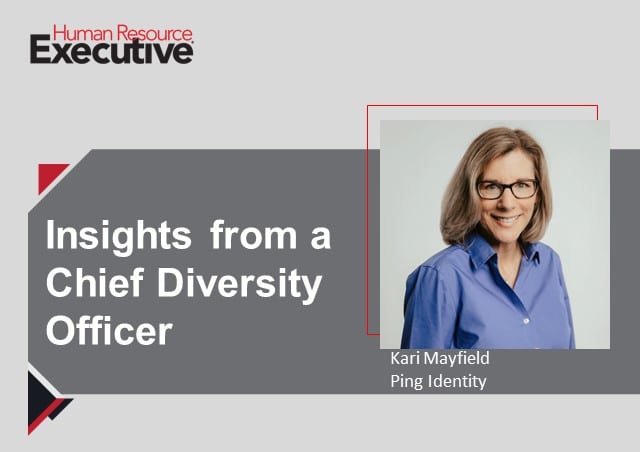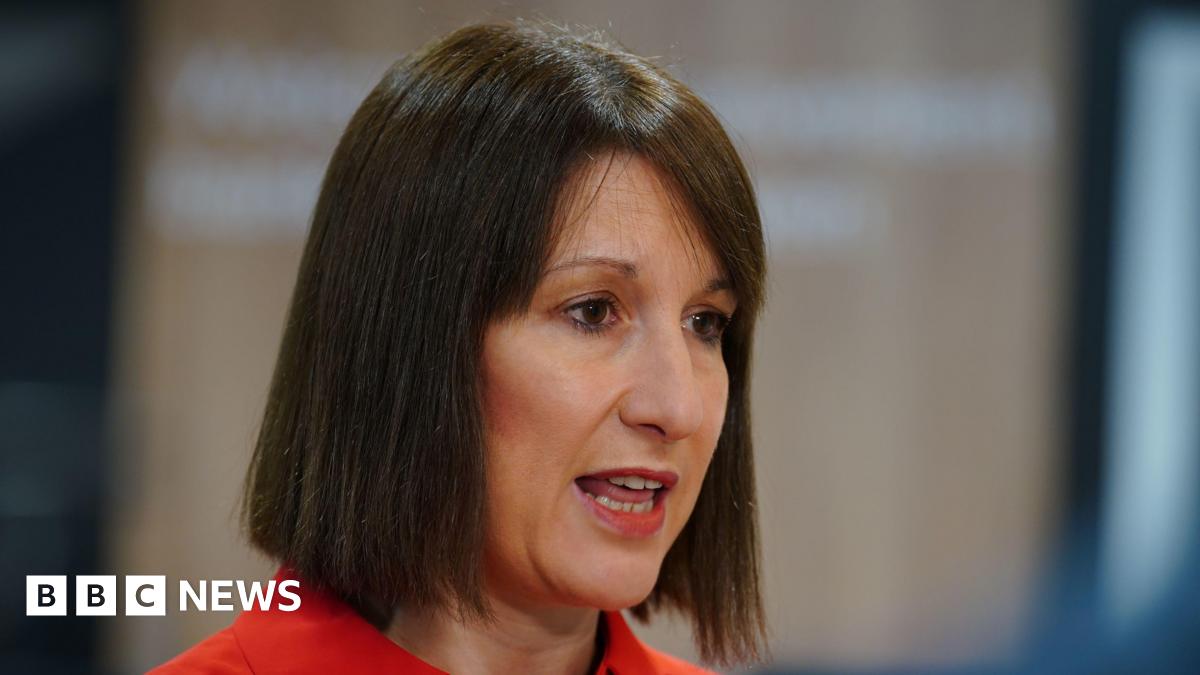In the last few months, as political rhetoric has steered into the topic of corporate DEI strategy, a number of high-profile companies have publicly walked back commitments to DEI programming. Where does this leave today’s chief DEI officers?
“All the noise you’re hearing externally has really been elevated, and I, along with many other diversity leaders, have struggled,” says Kari Mayfield, head of diversity, equity and inclusion at software developer Ping Identity, which employs more than 1,200 people.
To cut through that “noise,” Mayfield says, she has spent significant time reading, researching and strategizing—zeroing the focus in on the areas where Ping most wants to create inroads with a DEI strategy. Recently, that has meant significant work around exposing young talent—including girls in elementary and middle school—to careers in STEM.
“I used to think that going out to the college-level students and bringing them in is the place to start. It’s an important place to start. But I actually think it’s more important to start at a much earlier age,” Mayfield says. “Down the road, it will make a difference in our industry. It will bring in more women. It will bring in more underrepresented youth who may not have opportunities to explore these types of degrees.”
Mayfield says she’s supported by Ping’s executive leadership, which has long believed in DEI work. She is also leaning into lessons from home as the mother of biracial sons.
“They are being exposed to a lot. Better understanding the challenges that they’re going through and how I can support them is really important to me,” she says.
Mayfield—who held DEI leadership roles at organizations including Discover Financial Services and Mercer before joining Ping Identity in 2021—recently shared with Human Resource Executive how her DEI work has evolved and where she sees it heading.
Mayfield: It was very new. And because it was new, you had to do a lot of talking about the business case—why [DEI] was important, what the value was to bringing that to the company, to employees, customers, leaders and managers. We really had to take a lot of time to talk through the business case.
At the time, the chief diversity officer was a brand-new role. I was part of the team, and just being able to engage the executive leaders in this work took some doing. They were trying to understand how this would support the company bottom line. We had to do our due diligence around the business case, sharing that widely and broadly with the executives, and also with the leaders at the next level down, because they’re really the ones who are going to shepherd it. [DEI] is not an HR issue; it’s a business issue, it’s a company issue, it’s a talent issue. That was probably the biggest lesson learned.
We should have given our employees more credit. We launched the concept of employee resource groups, and there were other large companies that had already established these types of groups, but within the organizations where I was working, it was a whole new concept. And it really took off. We really realized at that time how passionate and committed employees are to this work and that they wanted to be a part of it.
HRE: What is your take on where we are today in terms of DEI strategy, as some companies pull back on the visibility of their commitments?
Mayfield: In the past year, I’ve been doing a lot of networking and talking with others in similar roles to mine, and we’re doing a lot of research around this right now. What I’m hearing consistently across the board is that [DEI] is still important to many companies. While you do see some companies stepping back on their commitment, many still are committed. Really, the difference is more around how we’re talking about it.
What I’m hearing from so many is that the focus now is really around inclusion and belonging. What we’re ultimately trying to do is get to a place of making sure every individual at your company feels like they’re coming to a place where they belong. It’s less about that focus on diversity—which is still very important and critical, and that we will continue to do—and instead about making sure we are engaging everyone. Over the years, that’s been lost in translation when there’s been a focus on a few targeted communities. They’re an important part of our narrative, but it’s important we’re engaging everyone.
As it relates to investment in diversity and inclusion initiatives, we may see some scale back—just given what’s going on in this day and age—but I think we will still have budgets [for DEI work].
HRE: How important are employee feedback and involvement to the success of DEI strategy?
Mayfield: Critical. I’m in the business of creating the holistic [people] strategy for the company, and an important piece of that is engaging our employees, hearing feedback. We do that through our annual engagement survey. We’ve recently undergone a merger, so earlier this year we did a pulse check-in. We do focus groups with employees and employee resource groups. We’re creating a strategy to help us meet our business goals, and part of that is making sure we’re meeting our employees’ needs so they can be the best they are at work.
HRE: What has been key to sustaining leadership buy-in?
Mayfield: Our executive leadership team does believe our talent is critical to helping us achieve our company goals. You want to have the best and brightest, so we have to make sure that we are supporting, developing, engaging, promoting our talent and helping them cultivate their careers.
What’s important to our senior leadership is knowing that our customers are still essentially demanding that we have a commitment to inclusion, equity and diversity—and then how that relates to the ESG environment, which has been really growing over the past few years. I think it’s about leaning into making sure [leaders] have a good understanding of how we are supporting our local communities [through DEI initiatives]. For our customers, it was essential that we have supplier diversity, and we’re in the process of developing a diverse supplier program. Our customers, our prospects, our stakeholders, our board are committed to this, so we’ve focused on being able to show [senior leaders] what that commitment looks like through our actions.
HRE: You advocate for DEI strategy to be “intentional.” What does this entail?
Mayfield: I may create the strategy and the metrics and the data, but this work has to be top of mind every day for every employee. Our employees are pretty engaged all the time in this but [being intentional] is really around, what are you doing on a daily basis to engage with others in a positive way? Just joining an employee resource group is an active intention.
We’re also rolling out training specifically for our managers around inclusion and belonging, building psychological safety for your teams, communicating in a better way that reaches everyone on your team. And we had managers raise their hand to be part of this training. It’s another example of acting with intention. It’s important to them. They’re committed to it. Now, those managers need to bring those learnings to their team. It’s not enough to just show up to the training. It’s what you are doing on a daily basis in this work to create a place that is comfortable and where people feel psychologically safe.
Intention is really critical; without it, we know nothing will change.
Credit: Source link











